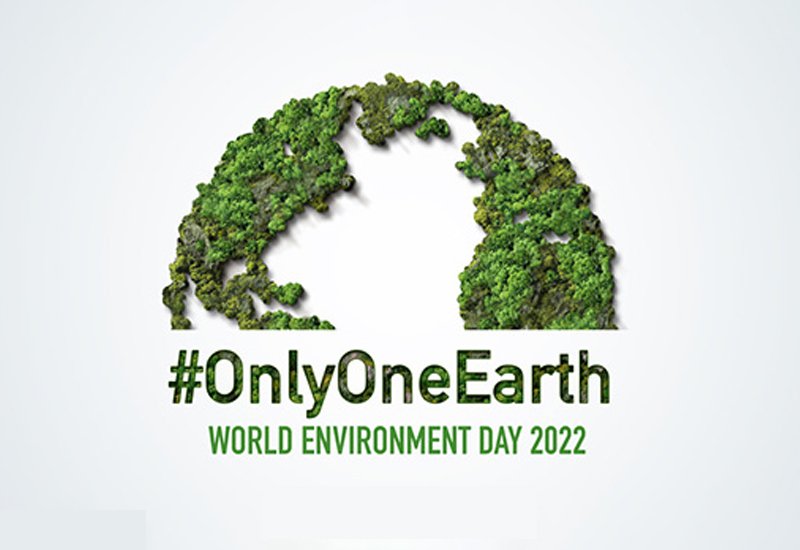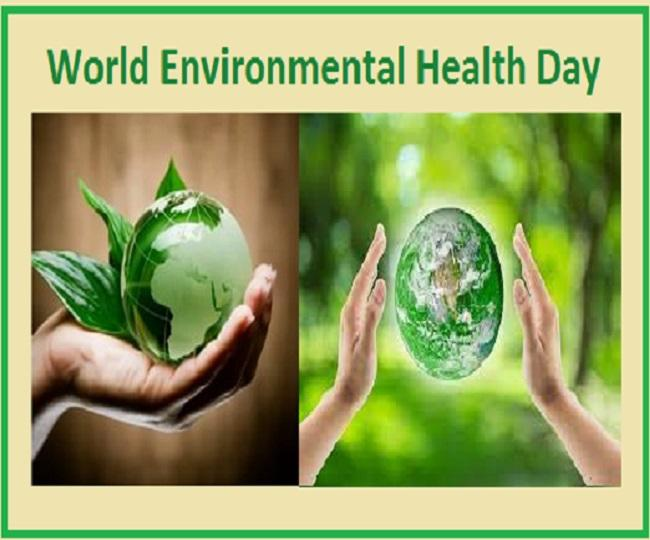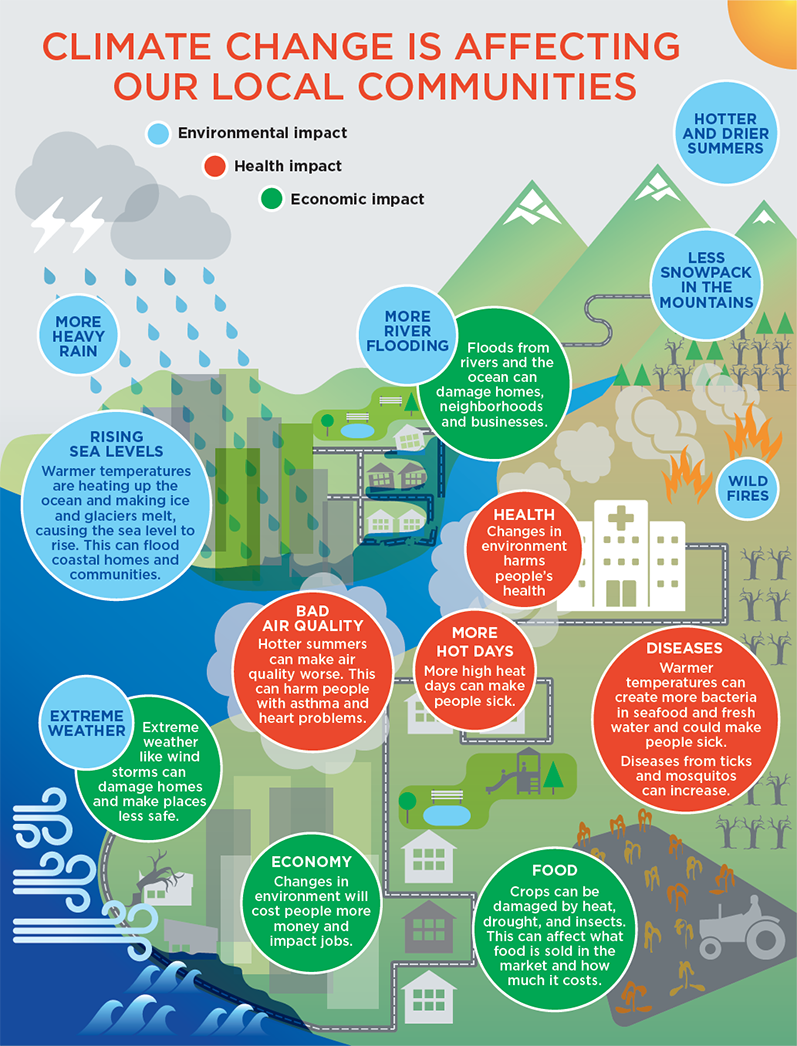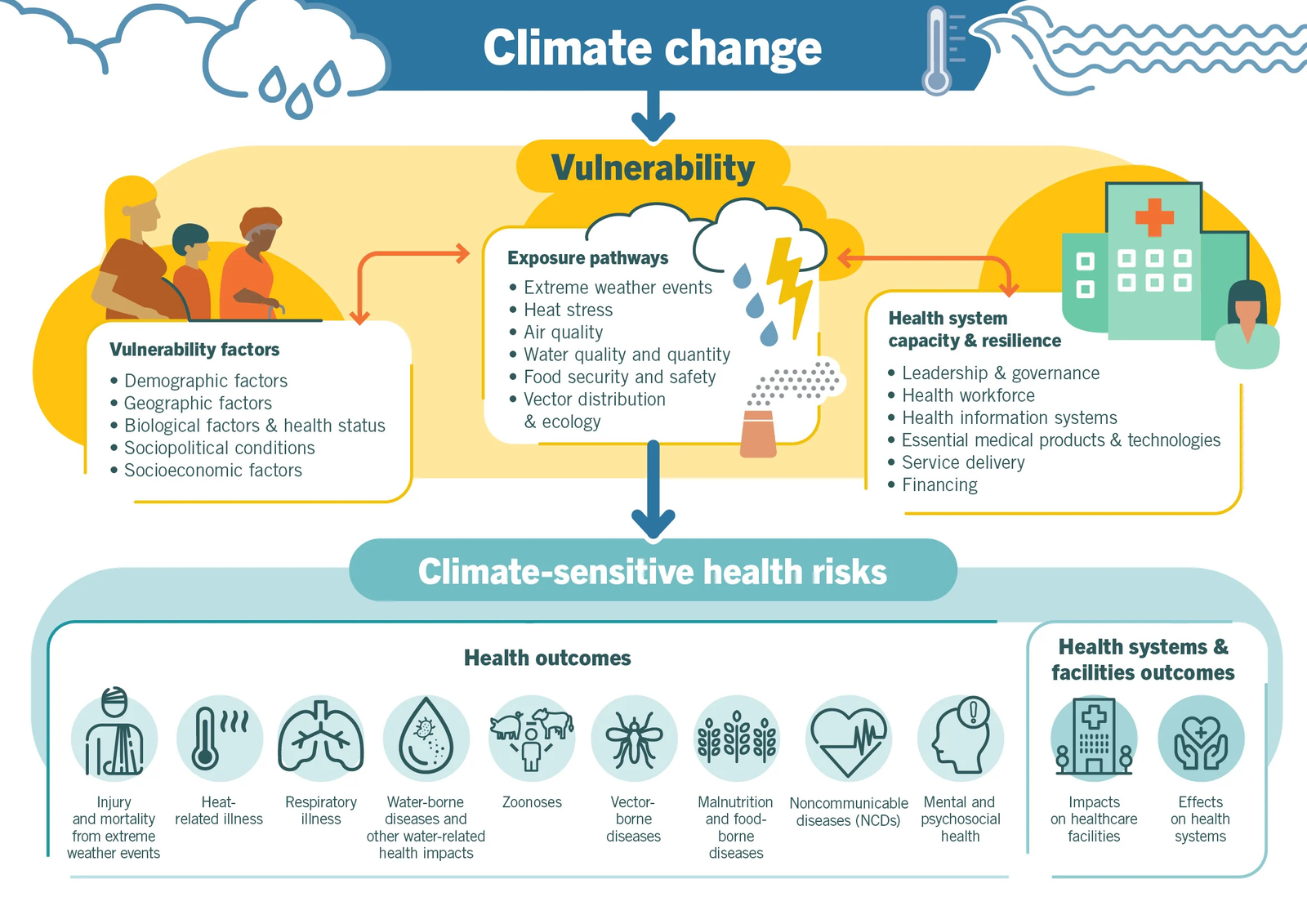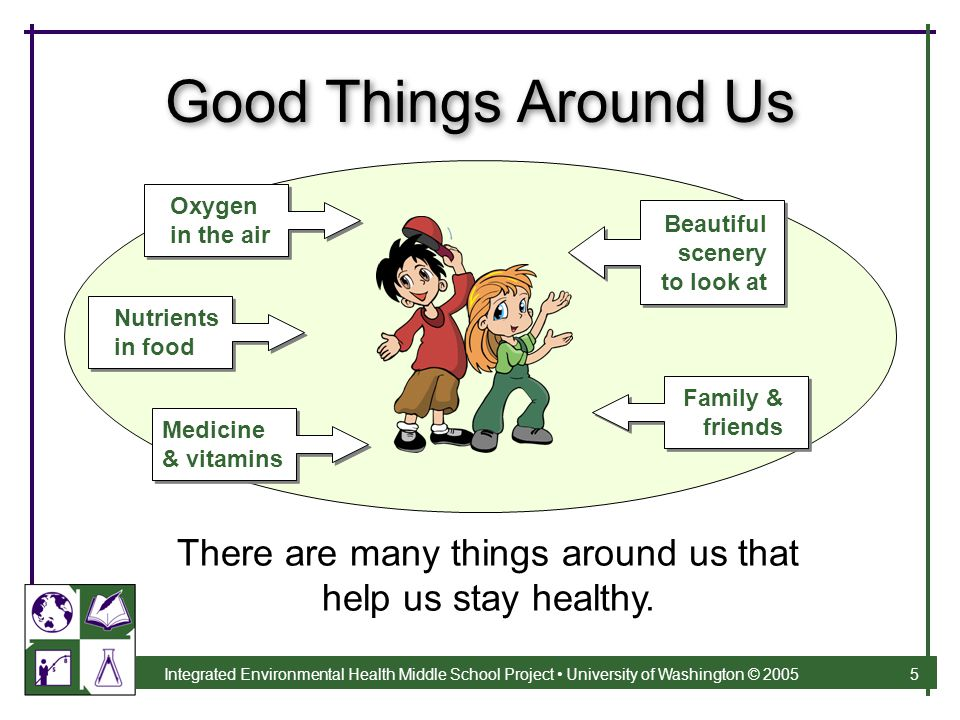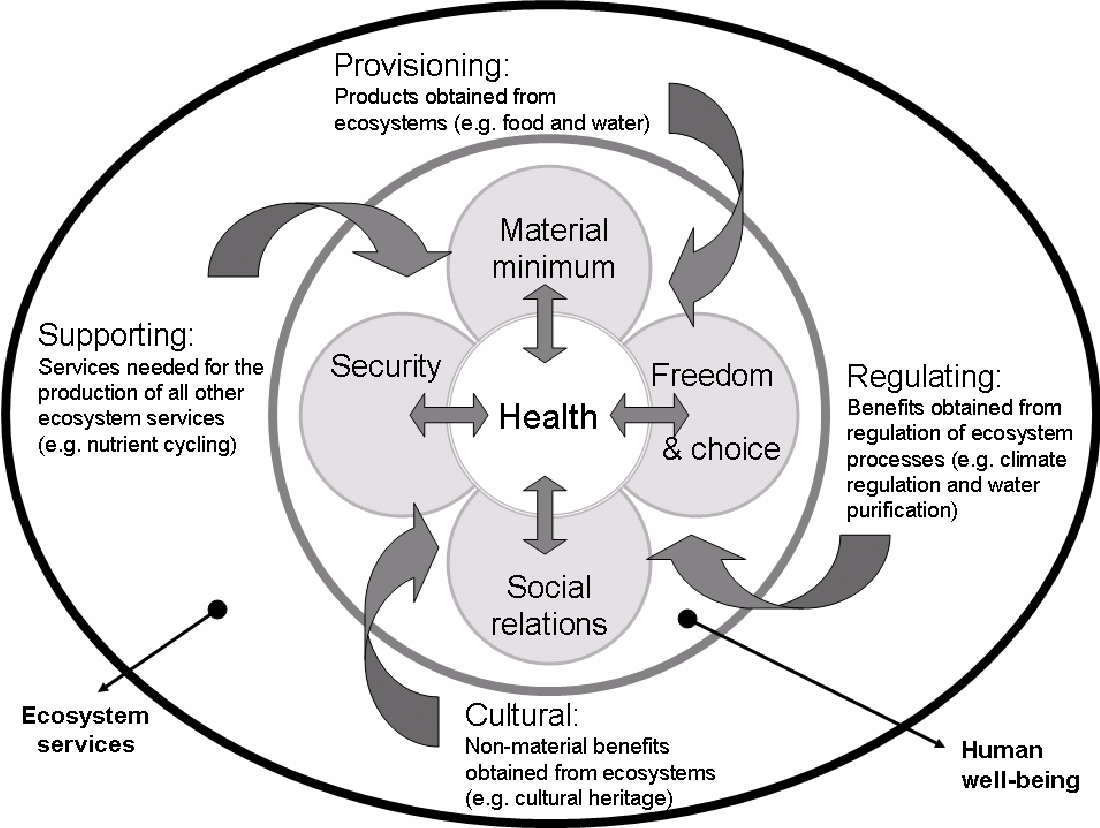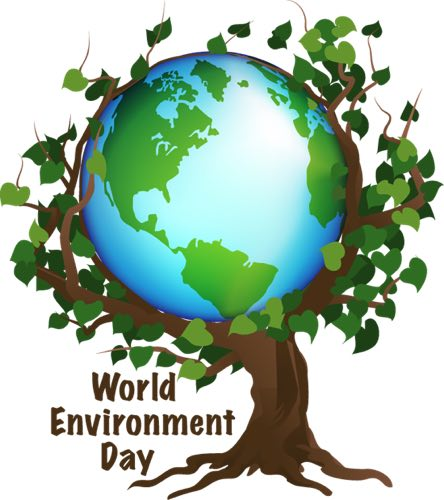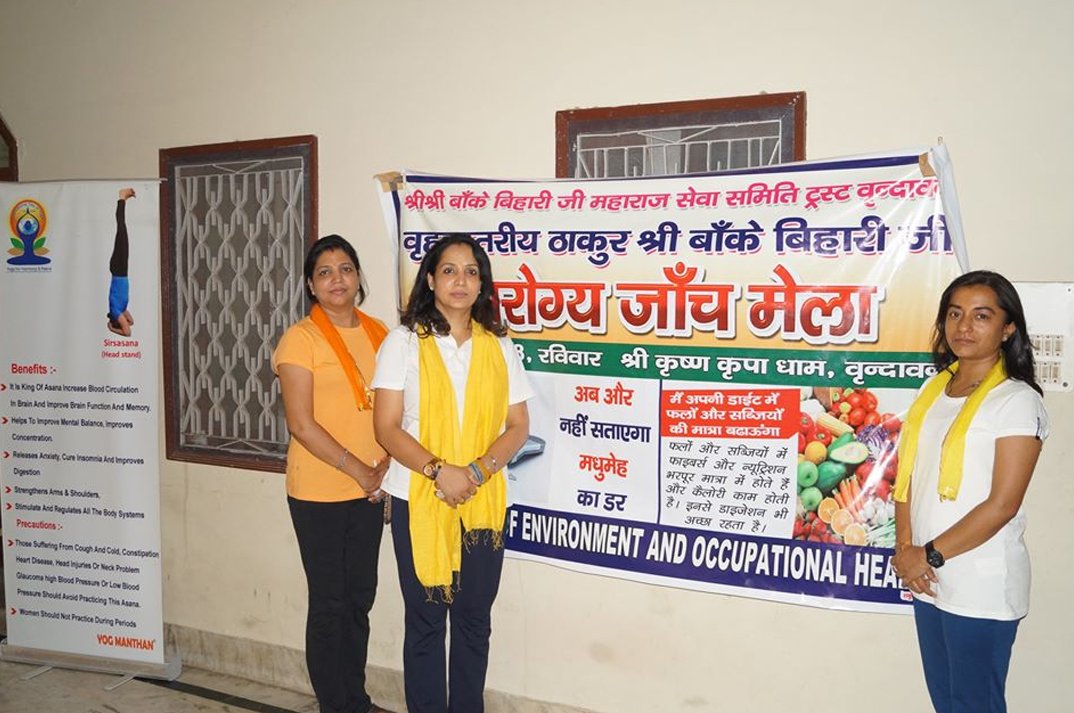Society of Environmental and Occupational Health

Society of Environment and Occupational Health

Society of Environment and Occupational Health
WORLD ENVIRONMENT DAY
| Year | Theme | delete this column |
|---|---|---|
| 1972 | Stockholm Conference on Human Environment | |
| 1973 | Geneva, Switzerland[8] | |
| 1974 | Only one Earth during Expo ’74[9] | Spokane, United States |
| 1975 | Human Settlements | Dhaka, Bangladesh |
| 1976 | Water: Vital Resource for Life | Ontario, Canada |
| 1977 | Ozone Layer Environmental Concern; Lands Loss and Soil Degradation | Sylhet, Bangladesh |
| 1978 | Development Without Destruction | Sylhet, Bangladesh |
| 1979 | Only One Future for Our Children – Development Without Destruction | Sylhet, Bangladesh |
| 1980 | A New Challenge for the New Decade: Development Without Destruction | Sylhet, Bangladesh |
| 1981 | Ground Water; Toxic Chemicals in Human Food Chains | Sylhet, Bangladesh |
| 1982 | Ten Years After Stockholm (Renewal of Environmental Concerns) | Dhaka, Bangladesh |
| 1983 | Managing and Disposing Hazardous Waste: Acid Rain and Energy | Sylhet, Bangladesh |
| 1984 | Desertification | Rajshahi, Bangladesh |
| 1985 | Youth: Population and the Environment | I |
| 1986 | A Tree for Peace | Ontario, Canada |
| 1987 | Environment and Shelter: More Than A Roof | Nairobi, Kenya |
| 1988 | When People Put the Environment First, Development Will Last | Bangkok, Thailand |
| 1989 | Global Warming; Global Warning | Brussels, Belgium |
| 1990 | Children and the Environment | Mexico City, Mexico |
| 1991 | Climate Change. Need for Global Partnership | Stockholm, Sweden |
| 1992 | Only One Earth, Care and Share | Rio de Janeiro, Brazil |
| 1993 | Poverty and the Environment – Breaking the Vicious Circle | Beijing, People’s Republic of China |
| 1994 | One Earth One Family | London, United Kingdom |
| 1995 | We the Peoples: United for the Global Environment | Pretoria, South Africa |
| 1996 | Our Earth, Our Habitat, Our Home | Istanbul, Turkey |
| 1997 | For Life on Earth | Seoul, Republic of Korea |
| 1998 | For Life on Earth – Save Our Seas | Moscow, Russian Federation |
| 1999 | Our Earth – Our Future – Just Save It! | Tokyo, Japan |
| 2000 | The Environment Millennium – Time to Act | Adelaide, Australia |
| 2001 | Connect with the World Wide Web of Life | Torino, Italy and Havana, Cuba |
| 2002 | Give Earth a Chance | Shenzhen, People’s Republic of China |
| 2003 | Water – Two Billion People are Dying for It! | Beirut, Lebanon |
| 2004 | Wanted! Seas and Oceans – Dead or Alive? | Barcelona, Spain |
| 2005 | Green Cities – Plant for the Planet! | San Francisco, United States |
| 2006 | Deserts and Desertification – Don’t Desert Drylands! | Algiers, Algeria |
| 2007 | Melting Ice – a Hot Topic? | London, England |
| 2008 | Kick The Habit – Towards A Low Carbon Economy | Wellington, New Zealand |
| 2009 | Your Planet Needs You – Unite to Combat Climate Change | Mexico City, Mexico |
| 2010 | Many Species. One Planet. One Future | Rangpur, Bangladesh |
| 2011 | Forests: Nature at your Service | Delhi, India |
| 2012 | Green Economy: Does it include you? | Brasilia, Brazil |
| 2013 | Think.Eat.Save. Reduce Your Foodprint | Ulaanbaatar, Mongolia |
| 2014 | Raise your voice, not the sea level | Bridgetown, Barbados |
| 2015 | Seven Billion Dreams. One Planet. Consume with Care. | Rome, Italy |
| 2016 | Zero Tolerance for the Illegal Wildlife trade | Luanda, Angola |
| 2017 | Connecting People to Nature – in the city and on the land, from the poles to the equator | Ottawa, Canada |
| 2018 | Beat Plastic Pollution[10] | New Delhi, India |
| 2019 | Beat Air Pollution[11] | People’s Republic of China |
| 2020 | Time for Nature[12][5] | Colombia |
| 2021 | Ecosystem restoration[13] | Pakistan |
| 2022 | Only One Earth | Sweden |
| 2023 | Solutions to Plastic Pollution |
Dr. Poonam provides an erudite and excellent presentation of Mahrashi Patanjali’s Ashtanga Yoga, the tree of yoga, its eight limbs, and how we are composed of the five elements, the “Tatvaas,” and are a component of the universe. She also illustrates the cohesiveness and intertwining of yoga and the environment.
Dr. Payden’s succinct and realistic presentation enunciated the key environmental determinants of health, the ground reality, the detrimental impact of environmental neglect on human health, and the obligatoryremedial measures, including a mindset shift that must be implemented to address and reduce the ecological footprint.
As the very title suggests, it is a superb epitome and presentation by Dr. Garg of the world’s most famous environmental quotes and slogans, including a compilation of fifty years’ worth of World Environment Day themes and slogans by WHO,each emphasizing the need and importance ofprotecting the environment and caring for the earth.
With the exposition of precepts of the environment as elucidated in the ancientVedic scriptures, Dr. Rojha coasts along to the “seed and origination” of the present day’s environmental debacle; then to environmental health; the prevailing plight of environmental sickness; and, in conclusion, the scourge of man-made toxicants in our lives.
Health is the treasure house of all prosperity. The happiness of human life is in the joyful nature in which they live. Life is good because of it. When life shakes us, it becomes stressful. However, nature helps us find peace and grow. Without the support of the environment, we are without existence. The environment is the basis of life. A healthy environment is essential to a liveable Oregon and a strong economy. The human body has been designed to resist an infinite number of changes and attacks brought about by its environment. The secret of good health lies in successful adjustment to changing stresses on the body.
World Environment Day takes place every year on 5 June. It is the United Nations’ flagship day for promoting worldwide awareness and action for the environment. Over the years, it has grown to be the largest global platform for environmental public outreach and is celebrated by millions of people across the world. it has been a platform for raising awareness on environmental issue such as marine pollution, human overpopulation, global warming, sustainable consumption and wildlife crime. World Environment Day is a global platform for public outreach, with participation from over 143 countries annually
Every Year on 5 June, World Environment Day is celebrated. The day is observed by the United Nations principal vehicle for the encouragement of awareness and action for the protection of our environment. It was first held in 1974, it was a flagship campaign that has been done to raise awareness related to the emerging from environmental issues to marine pollution, human overpopulation, and global warming, to sustainable consumption, and wildlife crime.
The theme of World Environment Day 2022 is “Celebrate Biodiversity”. “With 1 million species facing extinction, there has never been a more important time to focus on biodiversity.
The World Environment Day 2022 global campaign #OnlyOneEarth calls for transformative changes to policies and choices to enable cleaner, greener, and sustainable living in harmony with nature. It will focus on the need to live sustainably in harmony with nature, and our possibilities for shifting to a greener lifestyle through both policies and individual choices. “Only One Earth” was the motto for the 1972 Stockholm Conference. 50 years on, the motto is as pertinent as ever – this planet is our only home, and humanity must safeguard its finite resources.
The year 2022 is a historic milestone for the United Nations Environment Programme (UNEP) and the global environmental community. It marks the 50th anniversary of the establishment of UNEP as an outcome of the Stockholm Conference. It also coincides with the high-level Stockholm+50 international meeting. These emblematic events serve as an opportunity for the international community to strengthen cooperation and show leadership in the transformation towards a more sustainable society.
2021 | Ecosystem Restoration
Launch of the UN Decade on Ecosystem Restoration. A call for the protection and revival of ecosystems all around the world, for the benefit of people and nature. It aims to halt the degradation of ecosystems, and restore them to achieve global goals. Only with healthy ecosystems can we enhance people’s livelihoods, counteract climate change, and stop the collapse of biodiversity.
2020 | Time for Nature
A call to action to combat the accelerating species loss and degradation of the natural world. One million plant and animal species risk extinction, largely due to human activities. Recent events, from bushfires in Brazil, the United States and Australia to locust infestations across East Africa – and now, a global disease pandemic – demonstrate the interdependence of humans and the webs of life in which they exist. Nature is sending us a message.
2019 | Beat Air Pollution
A call for action to combat one of the greatest environmental emerging challenges of our time. Often you can’t even see it, but air pollution is everywhere and affects your health from head to toe. With every breath, you are probably sucking in tiny particles that attack your lungs, heart and brain.
2018 | Beat Plastic Pollution
The aim was for people to strive and change their everyday lives to reduce the heavy burden of plastic pollution. People should be free from the over-reliance on single-use or disposables, as they have severe environmental consequences. In addition, we should liberate our natural places, our wildlife and our own health from plastics.
2017 | Connecting Nature to People
In the city and on land, from the poles to the equator, it encourages worldwide awareness for the protection of our environment.

ENVIRONMENT HEALTH
Environmental Health is the branch of public health concerned with all aspects of the natural and built environment affecting human health. Environmental health addresses all the physical, chemical, and biological factors external to a person, and all the related factors impacting behaviours. It encompasses the assessment and control of those environmental factors that can potentially affect health. It is targeted towards preventing disease and creating health-supportive environments.
Five basic disciplines generally contribute to the field of environmental health: environmental epidemiology, toxicology, exposure science, environmental engineering, and environmental law. Each of these five disciplines contributes different information to describe problems and solutions in environmental health. However, there is some overlap among them.
- Environmental epidemiology studies the relationship between environmental exposures (including exposure to chemicals, radiation, microbiological agents, etc.) and human health. Observational studies are common in environmental epidemiology because humans cannot ethically be exposed to agents that are known or suspected to cause disease. While the inability to use experimental study designs is a limitation of environmental epidemiology, this discipline directly observes effects on human health rather than estimating effects from animal studies. Environmental epidemiology is the study of the effect on human health by environmental physical, biologic, and chemical factors. It also examine specific populations or communities exposed to different ambient environments, Epidemiology in our environment aims to clarify the relationship that exist between physical, biologic or chemical factors and human health.
- Toxicology studies how environmental exposures lead to specific health outcomes, generally in animals, as a means to understand possible health outcomes in humans. Toxicology has the advantage of being able to conduct randomized controlled trials and other experimental studies because they can use animal subjects. However there are many differences in animal and human biology.
- Exposure science studies human exposure to environmental contaminants by both identifying and quantifying exposures. Exposure science can be used to support environmental epidemiology by better describing environmental exposures that may lead to a particular health outcome, identify common exposures whose health outcomes may be better understood through a toxicology study, or can be used in a risk assessment to determine whether current levels of exposure might exceed recommended levels. Exposure science has the advantage of being able to very accurately quantify exposures to specific chemicals, but it does not generate any information about health outcomes like environmental epidemiology or toxicology.
- Environmental engineering applies scientific and engineering principles for protection of human populations from the effects of adverse environmental factors.
- Environmental law includes the network of treaties, statutes, regulations, common and customary laws addressing the effects of human activity on the natural environment.
Information from epidemiology, toxicology, and exposure science can be combined to conduct a risk assessment for specific chemicals, mixtures of chemicals or other risk factors. This will determine whether an exposure poses significant risk to human health. The base to implement environmental health policy for example, regulates chemical emissions, or imposes standards for proper sanitation can be determined. Actions of engineering and law can be combined to provide risk management.
Environmental health addresses all human-health-related aspects of the natural and the built environment. Environmental health concerns include:
- Air quality, including both ambient outdoor air and indoor air quality, which also comprises concerns about environmental tobacco smoke.
- Biosafety
- Disaster preparedness and response.
- Climate change and its effects on health.
- Environmental racism, wherein certain groups of people can be put at higher risk for environmental hazards, such as air, soil, and water pollution. This often happens due to marginalization, economic and political processes, and ultimately, racism. Environmental racism disproportionately affects different groups globally, however generally the most marginalized groups of any given region/nation.
- Food safety, including in agriculture, transportation, food processing, wholesale and retail distribution and sale.
- Hazardous materials management, including hazardous waste management, contaminated site remediation, the prevention of leaks from underground storage tanks and the prevention of hazardous materials releases to the environment and responses to emergency situations resulting from such releases.
- Housing, including substandard housing abatement and the inspection of jails and prisons.
- Childhood lead poisoning prevention.
- Land use planning, including smart growth.
- Liquid waste disposal, including city waste water treatment plants and on-site waste water disposal systems, such as septic tank systems and chemical toilets.
- Medical waste management and disposal.
- Noise pollution control.
- Occupational health and industrial hygiene.
- Radiological health, including exposure to ionizing radiation from X-rays or radioactive isotopes.
- Recreational water illness prevention, including from swimming pools, spas and ocean and freshwater bathing places.
- Safe drinking water.
- Solid waste management, including landfills, recycling facilities, composting and solid waste transfer stations.
- Toxic chemical exposure whether in consumer products, housing, workplaces, air, water or soil.
- Vector control, including the control of mosquitoes, rodents, flies, cockroaches and other animals that may transmit pathogens.

Environmental medicine
Environmental medicine is a multidisciplinary field involving medicine, environmental science, chemistry and others, overlapping with environmental pathology. The scope of this field involves studying the interactions between environment and human health, and the role of the environment in causing or mediating diseases. It involves the adverse reactions experienced by an individual on exposure to an environmental excitant. These exitants to which the individual susceptibility may exists, are found in air, food, water, and drugs, and are frequently found in the home, work, school, and play environments and exposures to these agents may adversely affect one or more organ system.
The basic theories of Environmental Medicine include the “total load” concept, individual susceptibility, and adaptation. The “total load” concept postulates that multiple and chronic environmental exposures in a susceptible individual contribute to a breakdown of that person’s homeostatic mechanisms. Multiple factors co-exist, usually over a prolonged period of time in bringing about the disease process. Individual susceptibility to environmental agents occurs for a variety of reasons including genetic predisposition, gender, nutritional status, and level of exposures to offending substances, infectious processes, and emotional and physical stress.
Environmental medicine deals with the diagnosis, prognostic evaluation, treatment, protective and precautionary measures and recommendations of prevention; for patients suffering from different diseases or afflictions whose environmental origin is suspected or has been already proven.
Current focus of Environment Medicine
- The effects of ozone depletion and the resulting increase in UV radiation on humans with regards to skin cancer.
- The effects of nuclear accidents or the effects of a terrorist dirty bomb attack and the resulting effects of radioactive material and radiation on humans.
- The effects of chemicals on humans, such as dioxin, especially with regards to developmental effects and cancer.
- Radon gas exposure in individuals’ homes.
- Air and water pollution on the health of individuals.
- Mercury poisoning and exposure to humans through including fish and sea life in their diet.
- Lead poisoning from leaded gasoline, paint, and plumbing.
- Water-borne diseases
- Food poisoning
- Indoor air quality
Air pollution is one of the biggest problems facing the world. It has become a public health emergency as it leads to chronic diseases and exacerbates respiratory, cardiac and other medical problems. According to the World Health Organization, air pollution causes over 7 million premature deaths per year, mainly from heart disease, stroke, chronic obstructive pulmonary disease, lung cancer, and acute respiratory infections in children. Air pollution consists of black smoke and sulphur dioxide (SO2) and, from combustion of hydrocarbon fuels in motor vehicles, nitrogen oxides (NO and NO2), diesel particulates, polyaromatic hydrocarbons and ozone, a secondary pollutant generated by photochemical reactions in the atmosphere. Levels of NO2 can be high in poorly ventilated kitchens and living rooms where gas is used for cooking and in open fires.
Particulate matter consists of coarse particles (10–2.5 μm in aerodynamic diameter), produced by construction work and farming, and fine particles (<2.5 μm) generated from burning fossil fuels. Fine particulates (PM2.5) remain airborne for long periods and are carried into rural areas. Several respiratory and cardiac problems are exacerbated by these very small particles.


